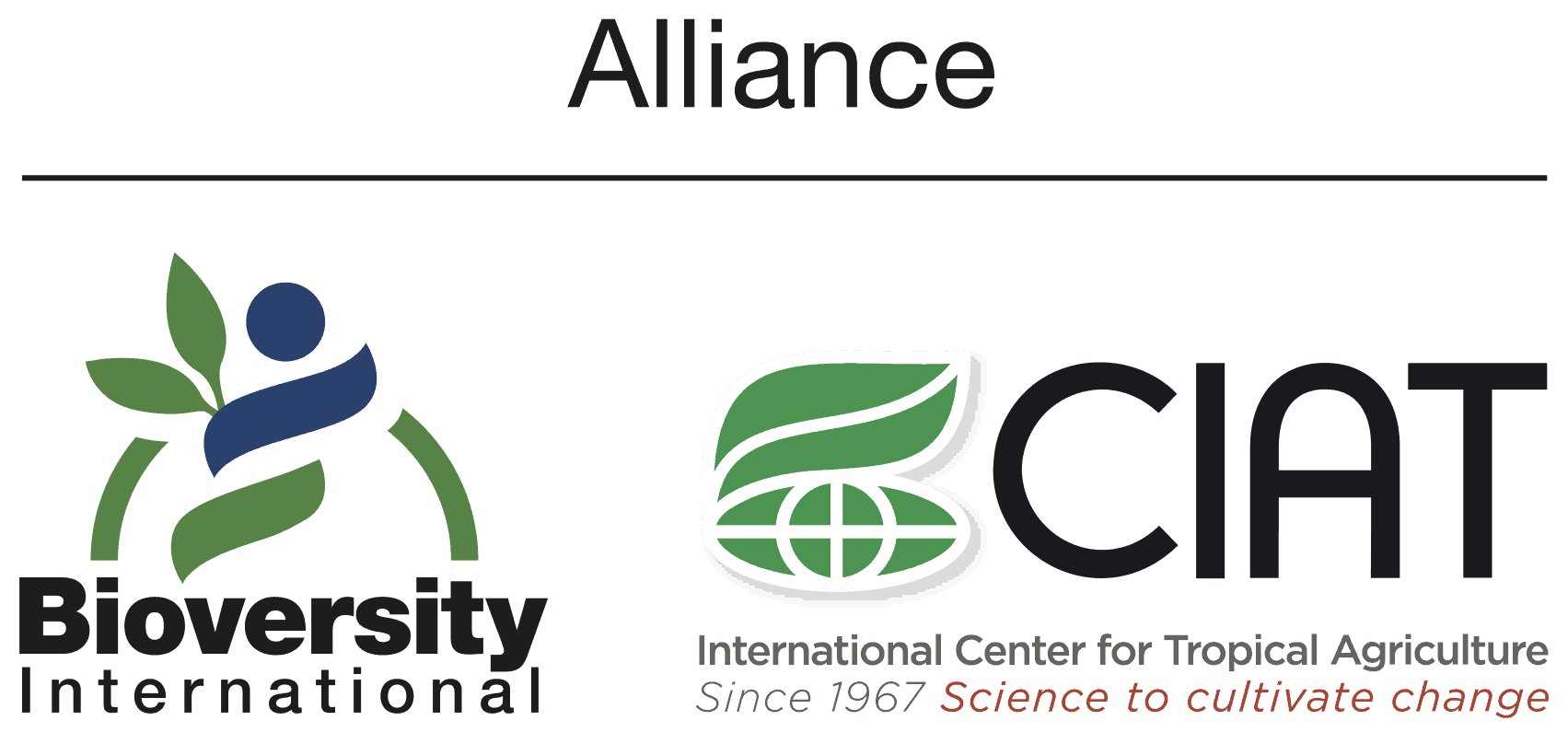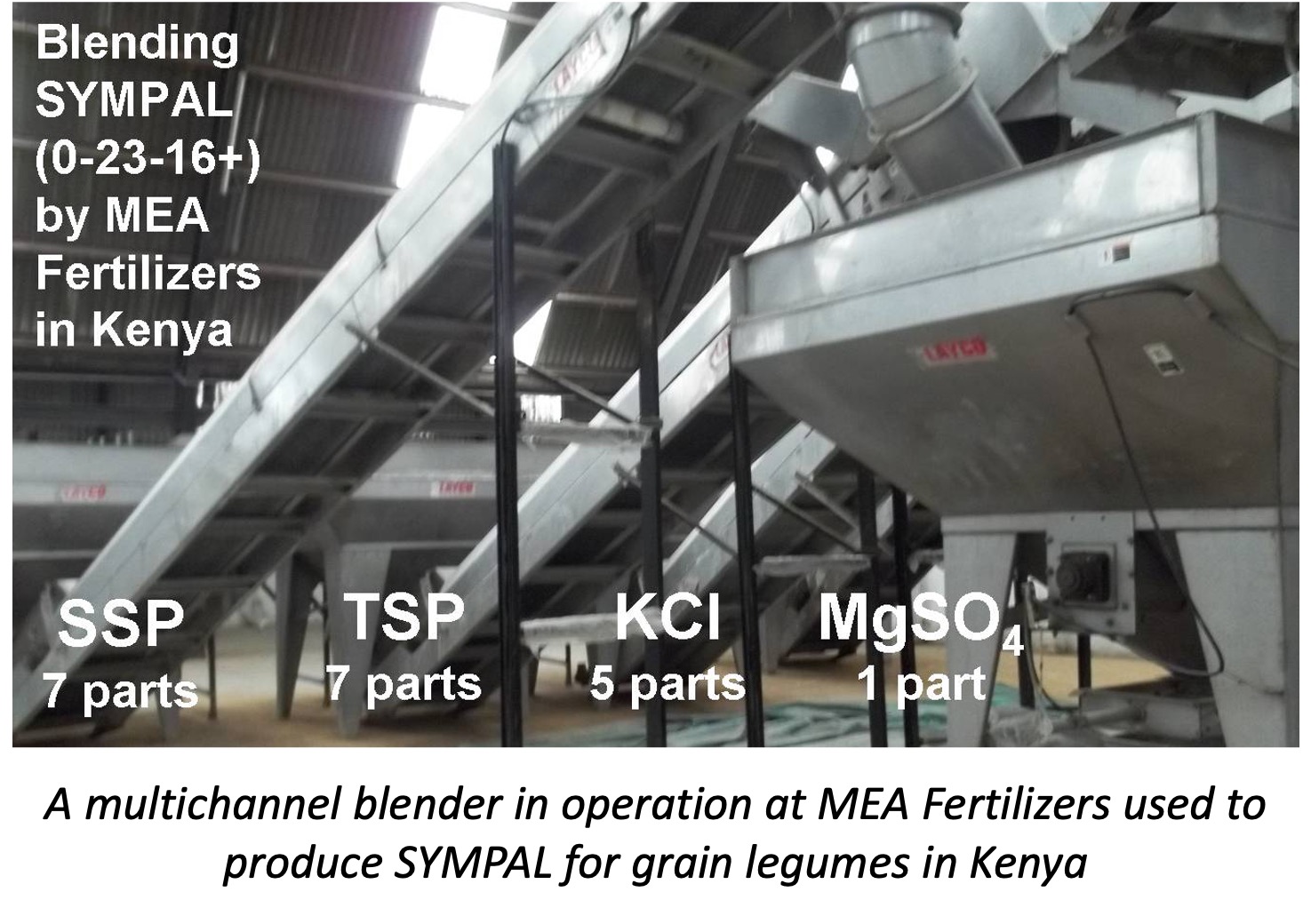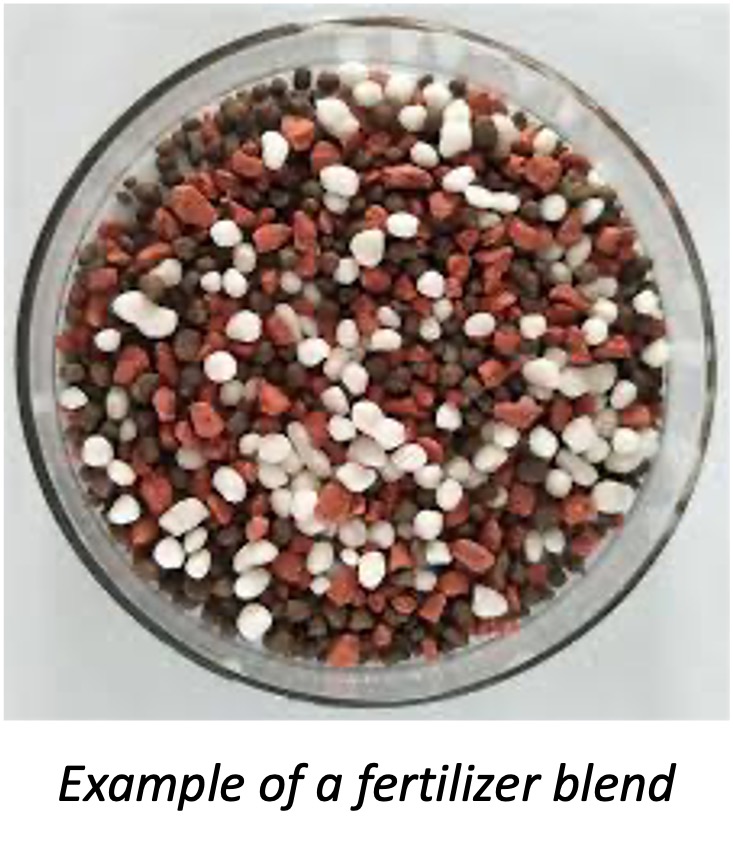Specialty Fertilizer Blends for Common Bean
Summary
Common bean production in Sub-Saharan Africa suffers widely from low nutrient availabilities in soils. To counter this conditions, blends of fertilizers specifically for common bean are known and available that provide a balanced supply of nutrients. These fertilizer blends contain phosphorus, potassium, sulfur and other nutrients in proportions that are aligned with soil fertility status and crop requirements. In some cases, small amounts of “starter nitrogen” are included. Readily accessible types of fertilizers and manufacturing facilities in Sub-Saharan Africa can be used to make additional specialized blends for bean farmers. Applying the right fertilizer at the right time and place to common bean greatly enhances nitrogen fixation, productivity and nutritional value, and strengthens resilience to drought and pests. Specialty fertilizer blends allows farmers to obtain greater returns on input investments.
About the Solution
Formulations of blended fertilizers balance and replenish nutrient stocks in soils, which ensures that the added inputs get utilized more efficiently for increasing common bean production. The various elements that are mixed together have specific benefits; i.e., phosphate and potassium enhance flowering and pod filling, sulfate reinforces photosynthesis and transpiration, and calcium, magnesium and zinc promote the uptake of nutrients and water from soils and raise the nutritional value of beans. Use of specialty fertilizer blends for common bean has very strong synergies with biological nitrogen fixation, as they are made in a way that boosts symbiotic activity. Mixing phosphorus fertilizer with potassium, calcium, magnesium and zinc provides consistent yield advantage because it allows the crops to absorb more nutrients, particularly under acid soil conditions common across the tropics. In some cases, small amounts of mineral nitrogen (e.g. 25 kg per ha) stimulate root growth and results in greater early nodulation. Blending technology offers a very large degree of flexibility to adapt fertilizer formulations in line with general soil characteristics and production objectives.
Fertilizer blending technology is suitable for all major growing areas and especially important in low fertility soils. Specialty blended fertilizers applied at the rate of 100 to 150 kg/ha in common bean fields, combined with improved bean varieties and rhizobium inoculants serve greatly improves the health of plants and their yields and nutritive value. This approach is particularly important when farming highly weathered soils characterized by low fertility status and pH imbalance. Fertilizer mixes designed for common beans can be suitable on other types of grain and forage legumes and this versatility is advantageous for input manufacturers and farmers.
Specific nutrient formulas can be made by blending a wide range of solid granular types of fertilizers like sulphate of potash (50% K2O), potassium chloride (50% K2O), single Superphoshate (16 to 20% P2O5, 11 to 21% Ca and 11 to 12% S) or Triple Superphosphate (46% P2O5). In addition blending with small amounts of nitrate-bearing fertilizers providing “starter N” is sometimes necessary especially for common bean. Micronutrients like zinc, boron and copper, amongst others can be added in solid form or impregnated as liquid. A good example is the legume fertilizer blend manufactured in Kenya known as Sympal containing: 23% P2O5, 15% K2O, 10% CaO, 4% S, 1% MgO and 0.1% Zn.
Information about the nutrient deficiency and imbalance in specific growing areas is contained within soil maps and past agronomic trials, sufficient for developing blended formulations. However, since soil fertility varies a lot even in specific locations, it is recommended that farmers get their soils tested. The production of the specialty fertilizer blends is also subject to the availability of different single fertilizers. Manufacturing of specialty blended fertilizer is done using a dry rotary system available at medium to large sizes, and is best packaged into sizes needed by farmers. Fertilizer blends designed specifically for legumes such as common bean are becoming available across Africa but only manufactured by a few fertilizer companies. Their specific composition, formulation and means of combination are often protected by trade secrets.
Commercialization
Commercially available
Solution Images
Institutions



